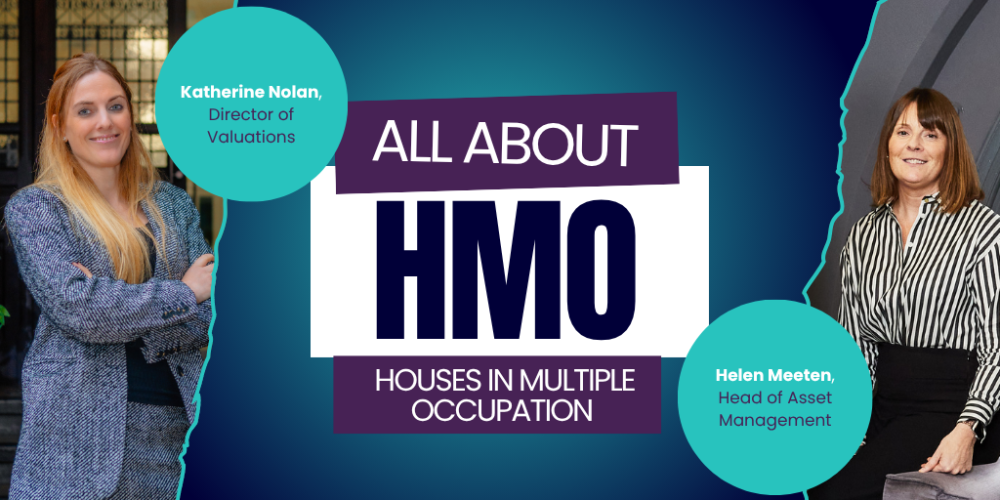Houses in Multiple Occupation can feel like a bit of a minefield – what are the different types? Is my property eligible to be one? How do I make sense of all the specific legislation? And, most importantly, what actually is an HMO?
To help clear things up, we sat down with the knowledgeable Katherine Nolan, Director of Valuations, and Helen Meeten, Head of Asset Management at Centrick, to lift the roof on all things HMOs.
What Exactly Is an HMO?
An HMO (House in Multiple Occupation) is a property rented out to three or more unrelated tenants, typically with shared kitchen and bathroom facilities.
There are two main types:
- Small (Unlicensed) HMO – up to three tenants.
- Licensed HMO – four or more tenants, requiring a specific licence from your local authority.
Each local council sets out its own licensing criteria, application process, and fee structure, so your first step should always be to check your local authority’s website. This will tell you which rules apply, how to apply, and any area-specific requirements.
Key Factors in HMO Valuation
Valuing an HMO isn’t a one-size-fits-all process. As Kat explains, the size and planning use class play a major role:
- C3 – a standard residential dwelling.
- C4 – a small HMO (typically up to six occupants).
For smaller HMOs, valuers often use a comparable approach — looking at similar properties in the area.
For larger HMOs, an investment approach is preferred, based on the rental income generated by individual rooms.
Another critical factor is whether the property sits in an Article 4 area. This means you’ll need planning permission to switch between residential and HMO use, so it’s vital to check before making changes.
Vacant rooms, upcoming refurbishments, and property condition also influence value and rental potential.
Compliance and Safety: Getting It Right
From an asset management perspective, compliance is where landlords often stumble. Helen highlights that a robust safety and compliance checklist is essential, and something professional agents can help you to manage.
A well-run HMO should have:
- A valid Gas Safety Certificate
- EICR (Electrical Installation Condition Report)
- Portable Appliance Testing (PAT)
- A Fire Risk Assessment (FRA)
- Fire door survey, fire alarm, and emergency lighting contracts
Each local authority may also have its own requirements, so it’s important to verify specifics in your area.
Returns and Investment Potential
So, what kind of return can landlords expect?
According to Kat, there’s no single answer as yields vary depending on location, property type, and specification. That said, HMOs often offer higher returns than single-lets thanks to multiple income streams and lower risk of full voids.
High-quality HMOs – with good layouts, modern amenities, and professional management – tend to attract stronger tenant demand, fewer vacancies, and ultimately better yields.
The Bottom Line
HMOs can be an excellent investment opportunity when managed correctly, offering reliable income and strong returns. But success relies on understanding your local licensing rules, staying compliant, and valuing the property accurately.
As Kat and Helen put it — the details matter, but with the right guidance, landlords can unlock serious potential from their multi-let properties.
Watch the full video below to hear more from Katherine and Helen as they dive deeper into how to make your HMO a success.









